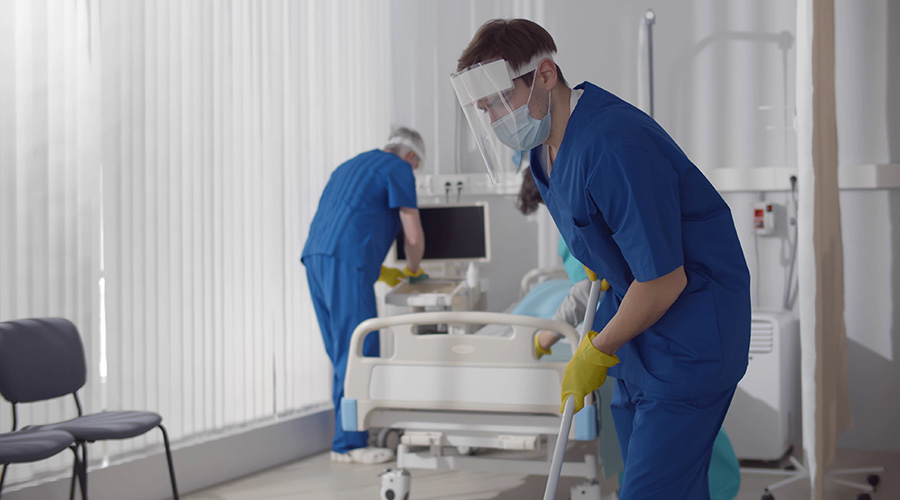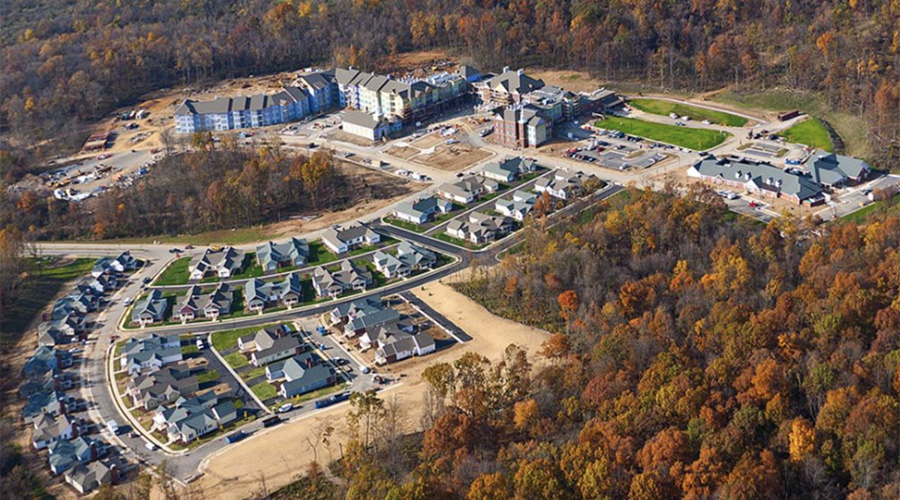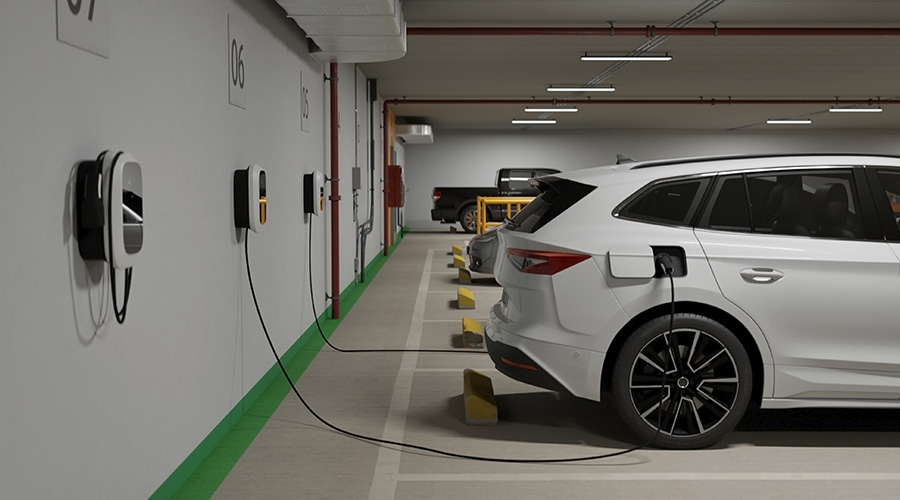The COVID-19 pandemic has changed a range of areas and components in healthcare facilities as managers adapt the physical environment to meet changing needs. The physical changes often include installing temporary barriers, creating temporary screening locations and constructing temporary structures.
These changes often create situations that do not strictly comply with NFPA 101, Life Safety Code, according to Health Facilities Management. The potential for the spread of the coronavirus within a healthcare facility is much greater than the chance of an injury in a fire. Still, managers should schedule a risk assessment when making temporary changes.
Organizations already should have a process in place to assess the need for and implement Alternative Life Safety Measures (ALSM) or, in Joint Commission-accredited facilities, Interim Life Safety Measures (ILSM).
Managers can use the life safety risk assessment and mitigation process already in place, as physical changes are anticipated in response to the pandemic. For facilities that have an ALSM or ILSM risk-assessment process already in place, managers can use that as the foundation. Among the risk-assessment steps to take are these:
• Identify each temporary physical change for pandemic response that creates a potential life safety risk or noncompliance with the Life Safety Code.
• Determine the level of risk, taking into account overarching building safety features already in place, such as a fully functional sprinkler system or fire alarm system.
Click here to read the article.

 Wanted: Scientific Standard for Hospital Cleaning
Wanted: Scientific Standard for Hospital Cleaning NLCS Strengthens Safety and Compliance with Comprehensive Electrical Program
NLCS Strengthens Safety and Compliance with Comprehensive Electrical Program Sun Valley Surgery Center Suffers a Data Breach
Sun Valley Surgery Center Suffers a Data Breach EV Charging Stations: Planning for Safety, Convenience, Expansion
EV Charging Stations: Planning for Safety, Convenience, Expansion Why Ambulatory Surgery Centers Are Turning to Dedicated HVAC Systems
Why Ambulatory Surgery Centers Are Turning to Dedicated HVAC Systems